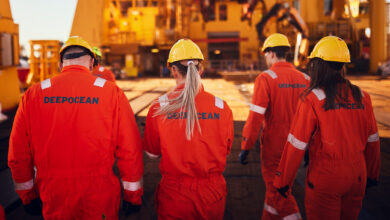Transocean signs $193 million contract
Transocean signed a one-year contract for the Deepwater Conqueror with an undisclosed operator in the US Gulf of Mexico. The contract is expected to commence in October 2025 and contribute approximately $193 million in backlog, including additional services.




